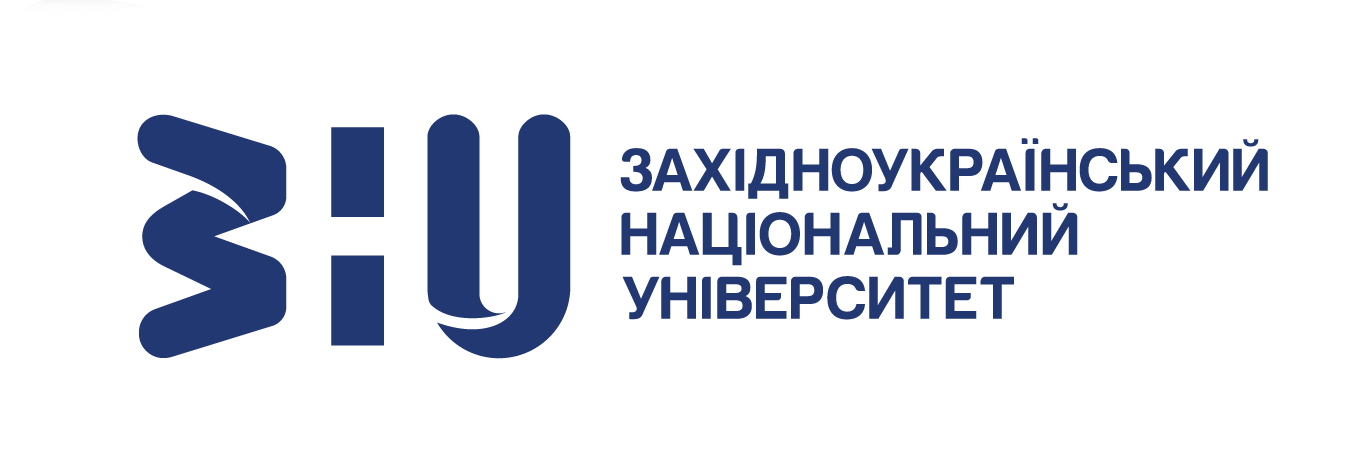Classification of stakeholders (users) of accounting information for the enterprise cybersecurity purposes
DOI:
https://doi.org/10.35774/visnyk2021.01.083Keywords:
accounting, stakeholders, cybersecurity, accounting information, classification of information users, cyberrisks.Abstract
Introduction. The intensification of cyberrisks due to global hybrid conflicts, the COVID-19 pandemic, and economic imbalances threatens the accounting system as the main generator of economic information, which requires the organization of an effective system of enterprises cybersecurity. It is necessary to understand cyberthreats impact on the functioning of different types of stakeholders for development of the effective cybersecurity.Purpose. The main purpose is to research and improve the classification of accounting information users for the enterprises cybersecurity and minimize the variable cyberrisks that threaten different groups of stakeholders.
Methods. General scientific empirical, logical and historical methods of cognition of reality in the process of researching the relevance of variable cyberthreats for different types of stakeholders were used. The research is based on general methods of studying economic processes, facts and phenomena from the standpoint of accounting and enterprises cybersecurity. The information base of the research is historical documents on the classification of stakeholders, scientific works of domestic and foreign scientists about dividing users of accounting information into types, and so on.
Results. It is proved that the classical scientific views on the classification of accounting information users are ineffective for the purposes of enterprises cyberprotection, as they do not take into account the activation of relevant for the digital economy of variable cyberthreats. It is proposed to classify accounting information users by the following criteria: the ability to manage the activities of the business entity, the right of access, the likelihood of cyberthreats, the ability to dispose of the access right, access to accounting objects, functional law, information processing, economic activity, age, organizational and legal form, type of communication channels used, frequency of information acts.
Discussion. The use of the proposed stakeholders’ classification helps to identify cyberrisks; prevent, avoid and minimize cyberthreats consequences, relevant to each type of accounting information users, which requires further research about enterprises cybersecurity.
References
Chukhno I. S. (2012). Udoskonalennia klasyfikatsii korystuvachiv zvitnosti [Improving the classification of reporting users]. Oblik i finansy. – Accounting and finance, 1, 85-90. Retrieved from: http://nbuv.gov.ua/UJRN/Oif_apk_2012_1_17 [In Ukrainian].
Is cybersecurity about more than protection? EY Global Information Security Survey 2018–19. Retrieved from: https://assets.ey.com/content/dam/ey-sites/ey-com/en_ gl/topics/advisory/ey-global-information-security-survey-2018-19.pdf?download [In English].
Shyshkova N. L. (2016). Zasoby pidvyshchennia kerovanosti bezpekoiu oblikovoi informatsii [Means to improve the security of accounting information]. Ekonomichnyi visnyk Natsionalnoho hirnychoho universytetu – Economic Journal of the National Mining University, 3, 119-127. Retrieved from: http://nbuv.gov.ua/UJRN/ evngu_2016_3_17 [In Ukrainian].
Borymska K. P. (2013). Zakhyst bukhhalterskoi informatsii v oblikovii politytsi z metoiu opodatkuvannia: orhanizatsiini aspekty [Protection of accounting information in accounting policy for tax purposes: organizational aspects]. Zbirnyk naukovykh prats Natsionalnoho universytetu derzhavnoi podatkovoi sluzhby Ukrainy. – Collection of scientific works of the National University of the State Tax Service of Ukraine, 2, 14-21. Retrieved from: http://nbuv.gov.ua/UJRN/znpnudps_2013_2_4 [In Ukrainian].
Rasche, A. & Esser, D. (2006). From Stakeholder Management to Stakeholder Accountability. Journal of Business Ethics. 65. 251-267. DOI: https://doi.org/10.1007/ s10551-005-5355-y [In English].
Chikutuma, C. (2016). Integrated Reporting: A Story of Stakeholder Accountability. 5th International Conference on Accounting, Auditing, and Taxation (ICAAT 2016). DOI: https://doi.org/10.2991/icaat-16.2016.4 [In English].
Shpak V.A. (2015). Orhanizatsiia zakhystu oblikovoi informatsii [Orhanizatsiia zakhystu oblikovoi informatsii]. Bukhhalterskyi oblik, analiz ta audyt: problemy teorii, metodolohii, orhanizatsii – Accounting, analysis and audit: problems of theory, methodology, organization, 2, 181-187. Retrieved from: http://nbuv.gov.ua/UJRN/ boaa_2015_2_27 [In Ukrainian].
Bukhhalterskyi oblik v upravlinni pidpryiemstvom [Accounting in enterprise management] (2017); O.A. Lahovska, S.F. Lehenchuk, V.I. Kuz, S.V. Kucher. Zhytomyr: Zhytomyrskyi derzhavnyi tekhnolohichnyi universytet. 416 p. Retrieved from: https://learn.ztu.edu.ua/mod/resource/view.php?id=17967[In Ukrainian].
Shchyrska A. Yu. (2018). Vymohy korystuvachiv do yakosti oblikovoi informatsii [User requirements for the quality of accounting information]. Ekonomichnyi prostir. – Economic space, 139, 213-228 [In Ukrainian].
El-Ebiary, Y. & Alawi, N. (2020). The Risks of Accounting Information Systems. International Journal of Engineering Trends and Technology. 2231-2381. DOI: https://doi.org/10.14445/22315381/CATI3P220 [In English].
Sectoral thematic threat analysis ETL2020. ENISA Threat Landscape. European Union Agency for Cybersecurity. Retrieved from: https://www.enisa.europa.eu/ publications/sectoral-thematic-threat-analysis/at_download/fullReport. DOI: https:// doi.org/10.2824/552242 [In English].
Muravskyi V.V. (2017). Vplyv hlobalnykh tekhnolohichnykh tendentsii na orhanizatsiiu obliku [The impact of global technological trends on the organization of accounting]. Visnyk Ternopilskoho natsionalnoho ekonomichnoho universytetu – Herald of Ternopil National Economic University, 4, 138–148. DOI: https://doi. org/10.35774/visnyk2017.04.138 [In Ukrainian].



